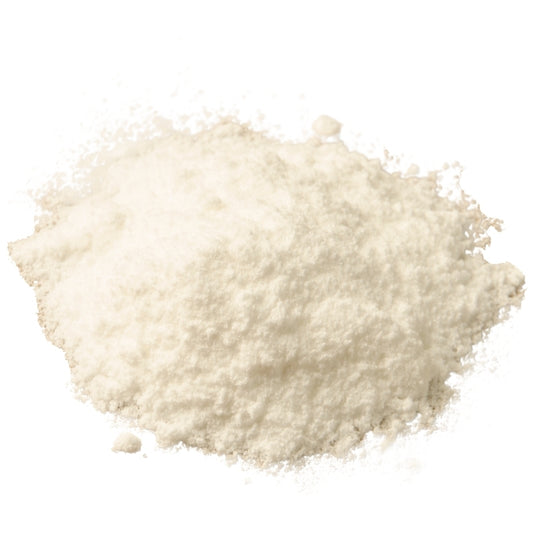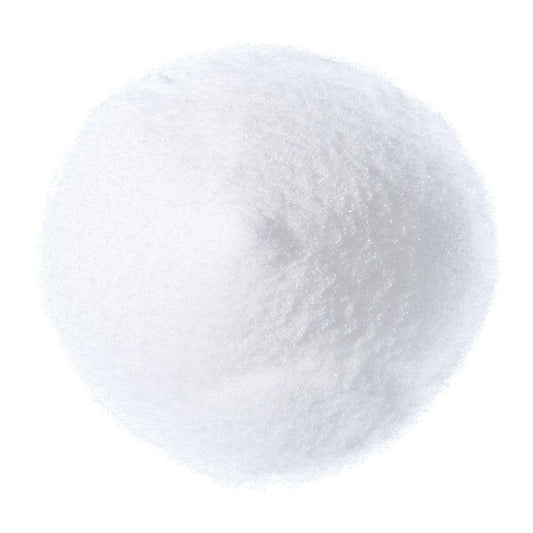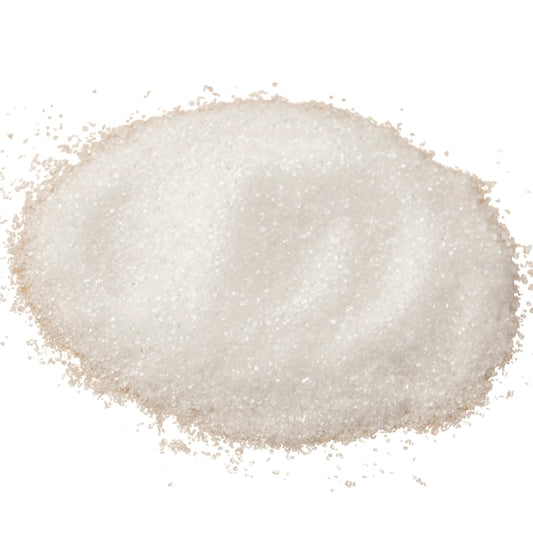
Working With Lactic Acid
Aiden Van WykLactic acid is a well known alpha hydroxy acid, exfoliant and pH adjuster, but did you know it can also act as a humectant and moisturiser? It has an array of uses, but exactly how do you use it in formulations - let's find out.
What is Lactic Acid?
Lactic acid is produced by fermentation of carbohydrates, and also occurs naturally in the body - when it builds up it can give you a 'stitch'. It is a clear to brownish coloured liquid, has a pH: <2 and it is soluble in water and glycerine.
How does Lactic Acid Elevate Skincare?
Alpha hydroxy acids have been shown to promote smoother, younger looking skin by increasing the rate of cell renewal, exfoliating the top layer of skin, helping smooth and even complexion, keep pores unclogged, brighten the skin and even fade dark marks and discoloration. As an AHA, lactic acid can help stimulate collagen and strengthen the skin, which equals fewer fine lines and wrinkles. No wonder we've all heard good things about it!
Beware! When using AHAs in any form it is advised to be extra careful in the sun as they can make the skin more sensitive to sun exposure. For example, if you were to formulate a hydrosol or toner (for a moisturising, plumping effect) using Lactic Acid, do remember to wear sunscreen as a method of protection.
A formula example of a Toner With Lactic Acid would include:
- 99.5% hydrosol of choice
- 0.5% lactic acid
Method: Weigh out the ingredients and blend well to incorporate. You can use it daily as a spritzer or apply with a cotton pad as a toner. Following this apply sunscreen.
What is the recommended usage or concentration for Lactic Acid In Formulations?
Lactic acid is recommended to be used in formulas from 0.5-10%, and it should be added to the cool down phase or cold processed as it is heat sensitive. Depending on the kind of product you make, you will need to check the final pH of your formulation so that it is not too low. If the pH of an emulsion drops too low it may destabilise and you'll end up with separation. So please adjust the pH if necessary.
Can Lactic Acid adjust pH?
In formulations, lactic acid is also used as a pH adjuster to lower the pH. As it is quite strong, you can quickly adjust the pH level and very little is needed. You can add the 80% strength solution directly but as it is very powerful it can quickly lower the pH which may require re-adjusting up, so we suggest rather making a dilution of a lower strength as a pH adjuster.
How do you Optimally Dilute Lactic Acid?
Lactic acid comes in different strengths and the one we have available is 80%. But what if you need a lower % lactic acid solution? Here's how to dilute it:
Formula: C1V1 = C2V2
Where C1 is the concentration of the starting solution and V1 is the volume of the starting solution;
and C2 is the concentration of the final solution and V2 is the volume of the final solution.
You can decide what you want your final volume/amount to be (V2) which then allows you to calculate the starting amount (V1). You'll then know how much water to top it up with!
Let's calculate.
The starting concentration C1 is always going to be 80% (or 0.8) since that is the concentration of the lactic acid we have.
If you want a 10% dilution, C2 will be 10% or 0.1. And let's say you need to end up with 10g of it (your V2).
To calculate V1, we reshuffle the equation to look like this: V1 = C2V2/C1
V1 = (0.1 x 10)/0.8 = 1.25
So your starting volume is 1.25g and your ending volume is 10g, therefore you add 10 - 1.25g = 8.75g water!
We've worked out a few dilutions and put them in easier terms here, for those who don't like math:
1 part 80% solution + 1 part water = 40% solution
1 part 80% solution + 3 parts water = 20% solution
1 part 80% solution + 7 parts water = 10% solution










